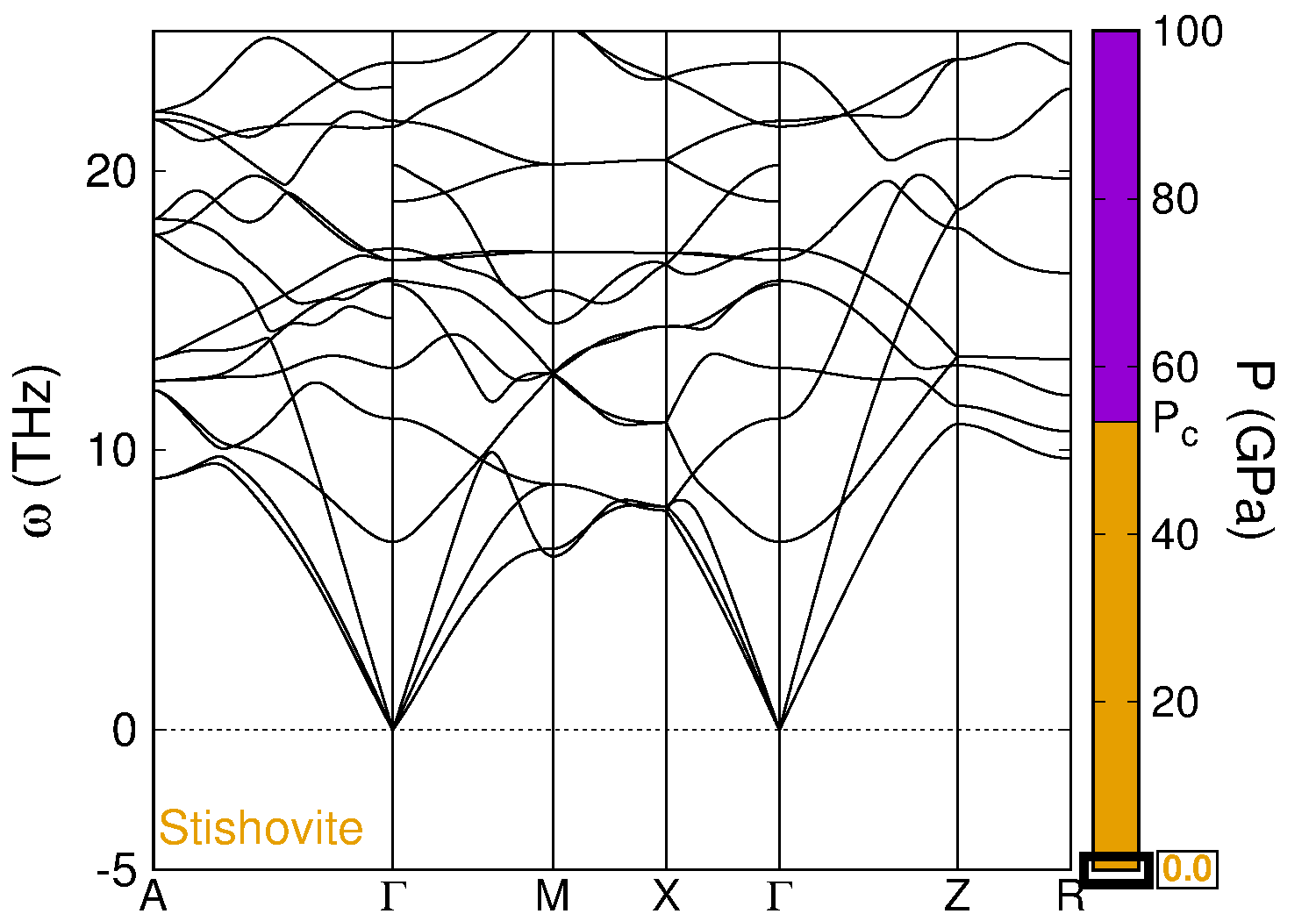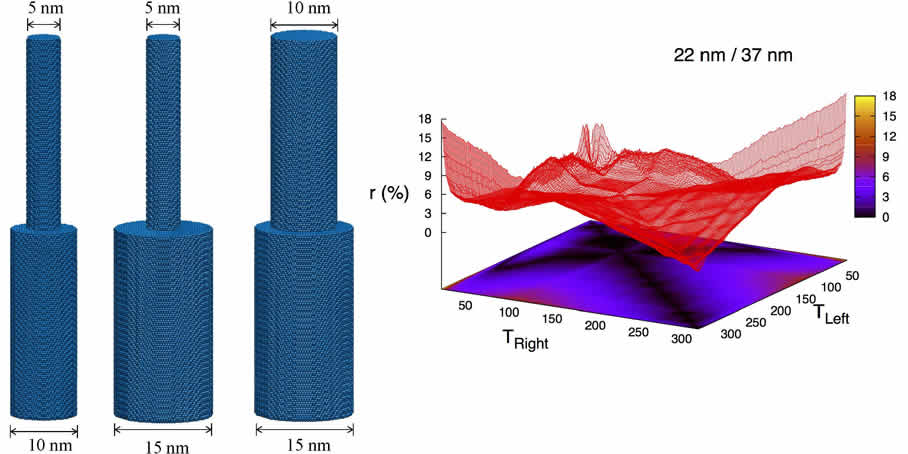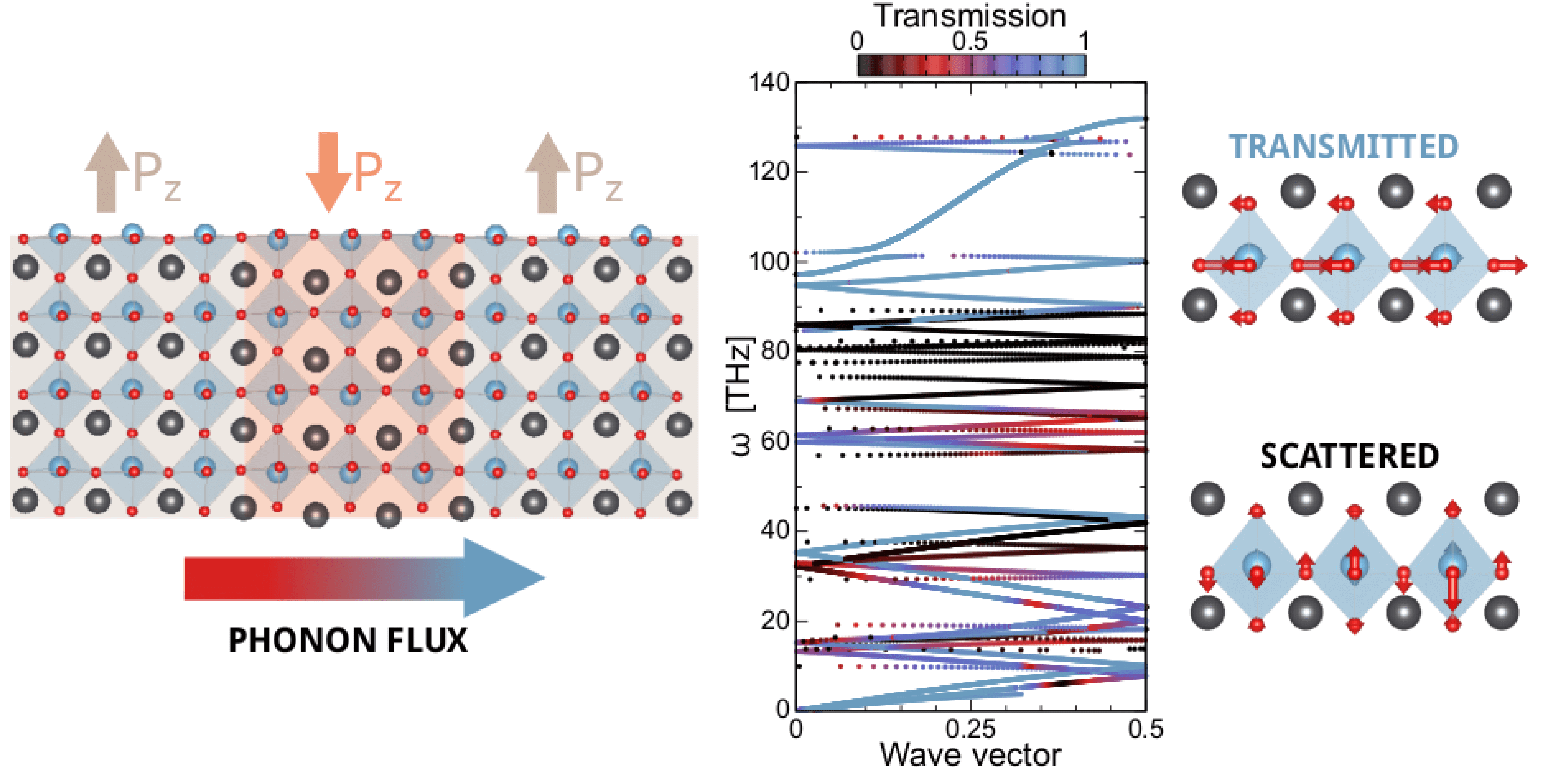
Heat rectification in an insulator occurs when the overall thermal resistance depends on the sign of the thermal gradient and phonons preferentially flow in one direction. In a heterojunction this behavior derives from the different temperature dependence of the thermal conductivity, κ(T), of the constituent materials and, in nanoscale system, from the temperature dependence of the thermal resistance of the interface. Our work has focused on thermal rectification in semiconductor junctions, with an emphasis on the role of the interface.

Selected publications
R. Rurali, X. Cartoixà, and L. Colombo, Heat transport across a SiGe nanowire axial junction: Interface thermal resistance and thermal rectification, Phys. Rev. B 90, 041408(R) (2014)
X. Cartoixà, L. Colombo, and R. Rurali, Thermal Rectification by Design in Telescopic Si Nanowires, Nano Lett. 15, 8255 (2015)
M. López-Suárez, M. Royo, and R. Rurali, Interface-driven thermal rectification in nanoscale systems, Phys. Rev. Mater. 2, 113001 (2018)
M. Royo, P. Torres, M. López-Suárez, and R. Rurali, Low-temperature thermal rectification by tailoring isotope distributions, Phys. Rev. B 99, 024103 (2019)
The possibility to predict the thermal conductivity of materials is of great interest both from a fundamental viewpoint and for applications and paves the way to the design of materials with tailor-made thermal properties. Indeed, engineering the phononic property of a material has direct consequences in conventional electronics —where heat dissipation at the nanoscale is a major issue— or in devising efficient thermoelectric materials —where materials with low thermal conductivities must be engineered. We both work with molecular dynamics techniques, whenever we need to tackle large systems, featuring complex nanostructuring, and with first-principles methods when we deal with crystalline solids and we need quantitatively reliable predictions.

Selected publications
X. Cartoixà, R. Dettori, C. Melis, L. Colombo, and R. Rurali, Thermal transport in porous Si nanowires from approach-to-equilibrium molecular dynamics calculations, Appl. Phys. Lett. 109, 013107 (2016)
M. Royo and R. Rurali, Tuning thermal transport in Si nanowires by isotope engineering, Phys. Chem. Chem. Phys. 18, 26262 (2016)
M. Raya-Moreno, H. Aramberri, J.-A. Seijas-Bellido, X. Cartoixà, and R. Rurali, Thermal conductivity of hexagonal Si and hexagonal Si nanowires from first-principles, Appl. Phys. Lett. 111, 032107 (2017)
P. Ferrando-Villalba, L. D’Ortenzi, G. G. Dalkiranis, E. Cara, A. F. Lopeandia, Ll. Abad, R. Rurali, X. Cartoixà, N. De Leo, Z. Saghi, M. Jacob, N. Gambacorti, L. Boarino, and J. Rodríguez-Viejo, Impact of pore anisotropy on the thermal conductivity of porous Si nanowires, Sci. Rep. 8, 12796 (2018)
Our current ability to control heat transport in insulators is rather limited and mostly consists in modulating the amount of scattering experienced by the heat-carrying phonons. This approach is normally pursued by designing systems with tailor-made boundaries, defect distributions, or periodic sequences of different materials or nanostructuring , as in superlattices and phononic crystals. These strategies allow us to target a given thermal conductivity, which can sometimes result in some degree of thermal rectification. Nevertheless, alternative approaches enabling a dynamical modulation of the thermal conductivity are seldom tackled because of the subtleties related with phonon manipulation.
Much of the work we carried out in this line relies on the manipulation via external electric field of the lattice structure of perovskite oxides in their ferroelectric ground state and has been done in collaboration with Jorge Íñiguez at LIST.

Selected publications
M. Royo, A. Antidormi, and R. Rurali, A Thermal Switch for Coherent Phonons Based on a Molecular Junction, J. Phys. Chem. C 121, 10571 (2017)
J. A. Seijas-Bellido, C. Escorihuela-Sayalero, M. Royo, M. P. Ljungberg, J. C. Wojdeł, J. Íñiguez, and R. Rurali, A phononic switch based on ferroelectric domain walls, Physical Review B 96, 140101(R) (2017)
M. Royo, C. Escorihuela-Sayalero, J. Íñiguez, and R. Rurali, Ferroelectric domain wall phonon polarizer, Phys. Rev. Mater. 1, 051402(R) (2017)
J. A. Seijas-Bellido, H. Aramberri, J. Íñiguez, and R. Rurali, Electric control of the heat flux through electrophononic effects, Phys. Rev. B 97, 184306 (2018)